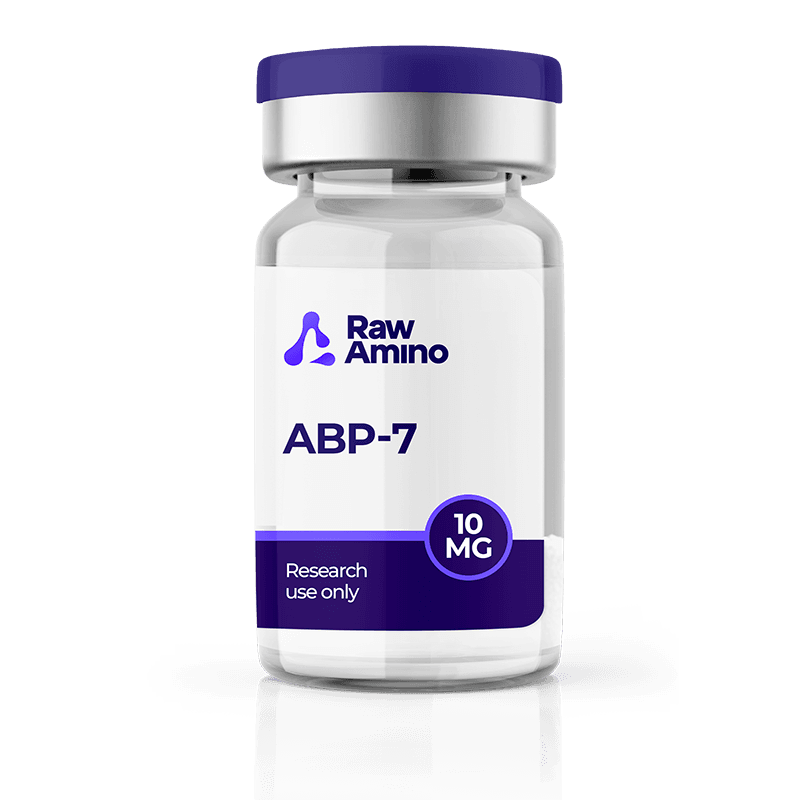
ABP-7 – 10MG
$84.00
Discount per Quantity
| Quantity | Discount | Price |
|---|---|---|
| 5 - 8 | 5% | $79.80 |
| 9 + | 10% | $75.60 |
Scientific Overview of ABP-7
ABP-7 is a synthetic peptide fragment that has been studied as part of ongoing investigations into actin-binding domains. It is thought to represent a segment derived from a larger peptide, with researchers suggesting that this region may carry significance in actin-related cellular interactions. Actin is a structural protein that contributes to cell shape, motility, and internal organization, and peptides such as ABP-7 may offer insights into how actin-binding domains influence these processes.
Alternative Names: TB-500 Fragment, Ac-LKKTETQ
ABP-7 Studies and Research Data
Exploration in Angiogenesis Models
Research suggests that ABP-7 may play a role in processes associated with angiogenesis. Experimental models involving endothelial cells propose that ABP-7 could support behaviors linked with vessel sprouting, such as migration and tubular alignment. Some reports indicate that ABP-7’s association with actin may influence cellular architecture in ways that appear conducive to angiogenic responses, although these findings remain under evaluation.
ABP-7 Research into Fibrotic Pathways
Scientific investigations have considered ABP-7 in models of tissue scarring. Laboratory findings suggest that the peptide may interact with pathways associated with hepatic stellate cell activity. Observations propose that ABP-7 might influence markers connected to extracellular matrix buildup and cell signaling cascades, including phosphorylation-related processes. These exploratory results suggest possible roles for ABP-7 in modulating cellular activity relevant to fibrosis, though further research is needed.
ABP-7 Investigations into Wound Repair Models
Laboratory studies in wound repair models have examined whether the peptide might support cellular migration and collagen organization. Some reports propose that ABP-7 could influence keratinocyte behaviors and extracellular matrix composition, suggesting a potential contribution to tissue closure in aged experimental systems. Additional hypotheses propose that interactions with purinergic receptors and signaling pathways, such as MAP kinases, may underlie these observed responses.
Actin-Binding Considerations
Researchers have highlighted the central actin-binding sequence of ABP-7 as an area of interest. Scientific discussions propose that the peptide may stabilize actin in monomeric form, possibly altering the balance between globular and filamentous states. Such modulation appears to have implications for cytoskeletal organization, intracellular transport, and signaling, though the precise outcomes remain a subject of investigation.
Conclusion
Research on ABP-7 highlights its potential involvement in actin-related dynamics and cellular processes such as migration, fibrosis models, and angiogenesis. Findings suggest that ABP-7 may influence structural and signaling pathways, though these observations remain preliminary. Continued investigation is required to clarify the mechanisms and implications of these laboratory findings.
References
- Philp, D., Badamchian, M., Scheremeta, B., Nguyen, M., Goldstein, A. L., & Kleinman, H. K. (2003). Thymosin beta 4 and a synthetic peptide containing its actin-binding domain promote dermal wound repair in db/db diabetic mice and in aged mice. Wound repair and regeneration: official publication of the Wound Healing Society [and] the European Tissue Repair Society, 11(1), 19–24. https://doi.org/10.1046/j.1524-475x.2003.11105.x
- Sosne, G., Qiu, P., Goldstein, A. L., & Wheater, M. (2010). Biological activities of thymosin beta4 defined by active sites in short peptide sequences. FASEB journal: official publication of the Federation of American Societies for Experimental Biology, 24(7), 2144–2151. https://doi.org/10.1096/fj.09-142307
- Huang, C. M., Wang, C. C., Barnes, S., & Elmets, C. A. (2006). In vivo detection of secreted proteins from wounded skin using capillary ultrafiltration probes and mass spectrometric proteomics. Proteomics, 6(21), 5805–5814. https://doi.org/10.1002/pmic.200600163
- Esposito, S., Deventer, K., Goeman, J., Van der Eycken, J., & Van Eenoo, P. (2012). Synthesis and characterization of the N-terminal acetylated 17-23 fragment of thymosin beta 4 identified in TB-500, a product suspected to possess doping potential. Drug testing and analysis, 4(9), 733–738. https://doi.org/10.1002/dta.1402
- Shah, R., Reyes-Gordillo, K., & Rojkind, M. (2018). Thymosin β4 inhibits PDGF-BB induced activation, proliferation, and migration of human hepatic stellate cells via its actin-binding domain. Expert opinion on biological therapy, 18(sup1), 177–184. https://doi.org/10.1080/14712598.2018.1478961
Disclaimer:
The products mentioned are intended solely for laboratory research and in-vitro experimentation. They are not approved for human or animal use of any kind. All details provided are for educational purposes only. By purchasing from this site, you agree to comply with our Terms and Conditions.
7 reviews for ABP-7 – 10MG
Only logged in customers may leave a review.
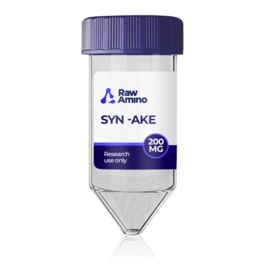
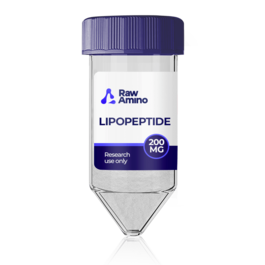
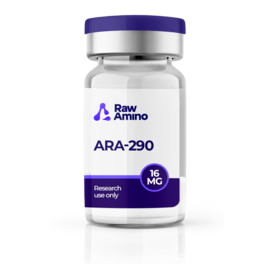
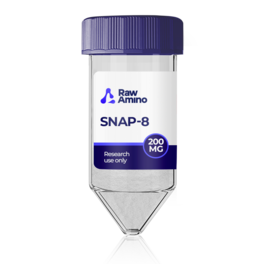
cdominguez –
Jake R –
Anita O –
Jamie Ortiz –
Happy with the order
Peptide –
broach V –
Very reliable supplier, always conssistent.
Jenny L –
Delivery was quick and packaging was strong. Batch looked clean and sealed securely. Great supplier, dependable and fast. Professional packaging, labels were clear and neat. Purity matched documentation perfectly.